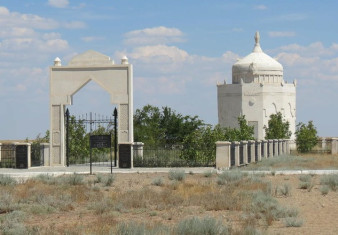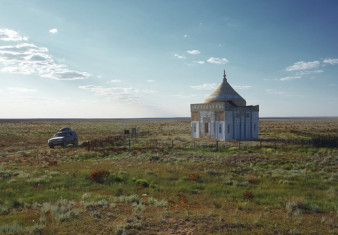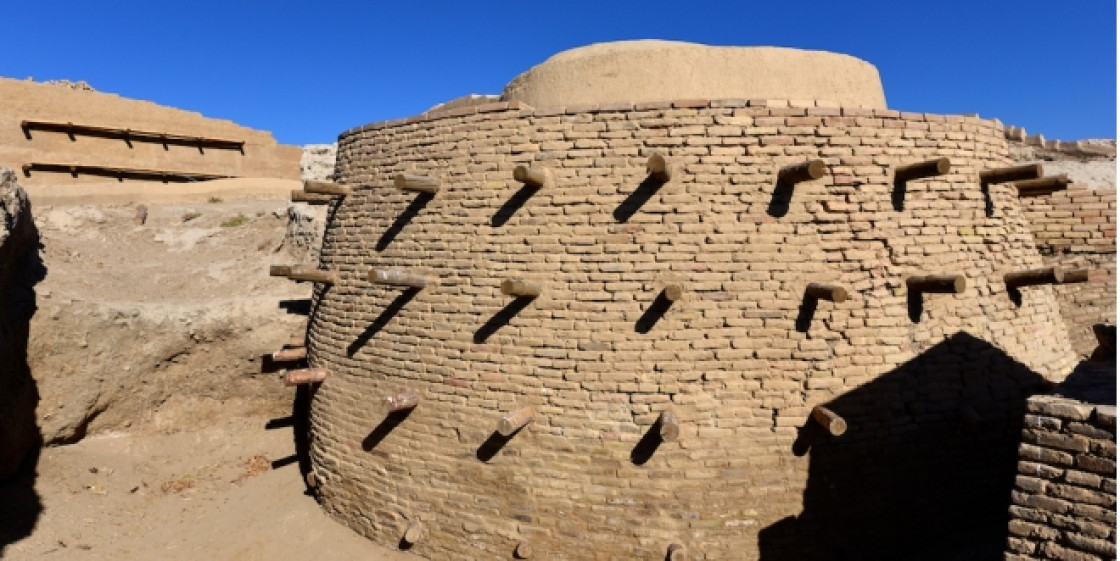
 Cultural heritage
Cultural heritage
42.8505, 68.3165
The ancient settlement at Otrar was first excavated in 1969. Remains were found of a number of brick structures, including a palace, mosques, a bath-house and ovens. The settlement dates back to the first century AD.
It is believed that for a while it formed part of the Kangyui state, when it was called Tarban, or Turaband. First mention of Otrar or Farab (the latter name etymologically Arabic) occurs at the beginning of the ninth century, when the settlement belonged to the town of Ispijab and the Samanid state. There was a mint there.
One of the residents of Otrar at that time was the philosopher Abu Nasr al Farabi. A man of encyclopaedic breadth of interest - he was a philosopher, poet, composer, linguist, mathematician, doctor, agronomist and botanist - he was referred to by his students as ’the second teacher’ - meaning second only to Aristotle.
From the tenth to the twelfth centuries Otrar occupied an area of something like 170 hectares, its growth owing much to the expansion of the rabad, the trading and craft quarter. The town was quite densely built up with rectangular blocks of houses. There was a functioning sewage system which served every house.
Every Kazakhstani schoolboy and schoolgirl is taught about the heroic but ultimately unsuccessful defence of Otrar against Genghis Khan’s forces. Before the attack on the town, a caravan sent there by Genghis Khan in 1218 to the court of the khorezm-shah Mohammed had been plundered and then annihilated on arrival, apparently because the governor, Kair Khan Yinalchuk, suspected that among the people travelling with the caravan there were too many spies and not enough traders. This well-known incident has come to be known as the Otrar catastrophe; it was the pretext by which the Mongols began their conquest of Central Asia.
By the autumn of 1219 a powerful Mongol army was at the walls of the town. Kair Khan’s army was 20,000 strong; in addition, khorezm-shah Mohammadsent him 50,000 border troops, and Karaja Khojib was also sent to help, bringing a further 10,000. With these reinforcements and a good quantity of supplies and arms, Otrar was able to hold out for a long time - and would have held rather longer had Karaja Khojib and his 10,000 men not abandoned the town five months into the seige and surrendered to the Mongols.
At night, Karaja Khojib opened one of the town gates, the Mongols rushed in, and a terrible slaughter began. Resistance nevertheless continued for a further month, Kair Khan having managed to fortify his position in the citadel with 20,000 troops. Kair Khan fought to the end from the roof of the citadel, using stones as weapons when there were no more arrows; but he was taken alive. Genghis Khan ordered that molten silver be poured into his eyes and ears. The town suffered tremendous destruction; of the inhabitants that survived the town’s seige and fall, those not massacred were enslaved.
A principal focus of interest in medieval Otrar is the library, which housed a collection of some 33,000 items, including, in addition to texts by al Farabi, Babylonian clay tablets and Egyptian papyrus scrolls - sufficient to rival the libraries of Alexandria and Carthage. Although the destruction of Otrar has been well described, there is almost nothing on the fate of the library. Legend says it was saved - that, according to one version, its contents were evacuated from the town through a tunnel; another that the collection was hidden in the labyrinth of passages inside the town. Neither of these stories has been confirmed.
After the death of Genghis Khan Otrar was slowly restored and eventually became an important political and economic town. Trade grew; coins were minted; a number of impressive buildings including a madrasah and a khanaka were erected.
In the second half of the fourteenth century Otrar became a part of Timur’s, or Temirlan’s, state. While staying there in a palace of his in February 1405 on his way to his army, he died after falling ill with a cold. Timur is said, in legend, to have given orders for a mausoleum to be built in Otrar over the grave of Ahmed Yasavi’s teacher Arystan Bab.
From the fifteenth to the seventeenth centuries Otrar came first under the control of the Abulkhair khanate, a nomadic Uzbek power, and then passed to the young Kazakh khanate.
In the mid-seventeenth century Jungar tribes began their plundering raids on Kazakhstan, destroying Sairam, Tur-kestan and other towns. All this, combined with continuous internal strife, gradually led to economic decline and the downfall of the Syr-Darya towns that had earlier been so prosperous. By the early nine-teenth century Ostrar was deserted, a ruin.
TOPOGRAPHY AND PLACES OF INTEREST
Otrar’s citadel and town - or shakhristan - were built on a roughly pentagonal hill called Otrar-tobe whose flat top, about 18 meters higher than the surrounding plain, measures 20 hectares in area. The citadel was an approximately triangular structure somewhere near the middle of the shakhristan, whose exact location is however unknown.
The entire hill was surrounded by walls which still lean between 10 and 20 degrees out of true. Turrets on the walls have been reduced by time to rounded lumps. There were three gates: one at the mid-point of the west wall and the other two opposite each other in the south- and north-eastern walls. A central street divided the settlement into eastern and western halves, linking the southern and northern entrances.
The adjoining 150-hectare rabad was fortified as well, although much of the wall has disappeared. Inside, all that remains are variously-shaped mounds of rubble where houses once stood, and relicts of canals and reservoirs.
Three kilometers west of Otrar-tobe is the Arystan Bab mausoleum, erected over the grave of the renowned twelfth-century teacher and mystic. Legend has it that the mausoleum was built by Timur, prompted by a vision suggesting to him that before the construction of a mauso-leum for Khodja Ahmed Yasavi be begun homage should be rendered to the latter’s teacher.
The mausoleum was built at the end of the fourteenth century but all that remains are two fretted columns made of elm. Later the mausoleum was destroyed by an earthquake; it was rebuilt several times. It remains an object of pilgrimage.
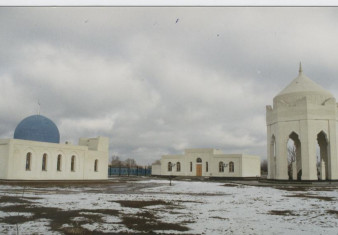
In 50 km from the modern city of Atyrau, there is one of perspective tourist routes, regional memorial estate "Khan Ordaly Sarajshyk" who opens all ancient history of the Kazakh people.
The grave site of the great Kazakh poet of the 19th century, free-thinker and inspirer of the rebellion of Makhambet Utemisov is situated in Inder, Atyrau region, 40 km to the south-east from the village Inderbor.
Atyrau region is rich in its architectural monuments of culture, one of them is considered to be Zhuban Mausoleum.
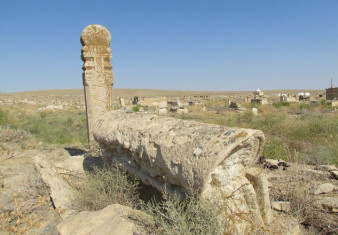
Senek reserve is an architectural monument of the XVII - XX centuries, it represents a necropolis consisting of several sepulchral constructions and an old mosque.
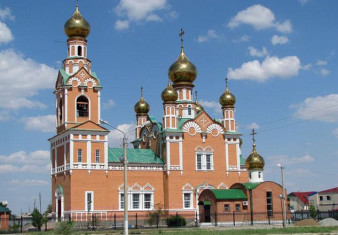
One of the oldest and most beautiful architectural monuments of the city - Uspenski Cathedral is located in the heart of the city of Atyrau, on Issatay Taimanov street, just a few steps from the main square.
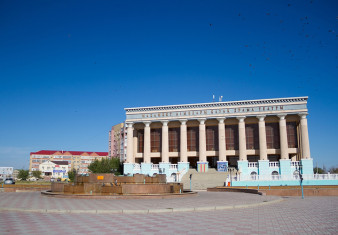
One of the leading places in the cultural life of Atyrau and the whole Atyrau region belongs to the Kazakh Drama Theater named after Makhambet Utemisov.























